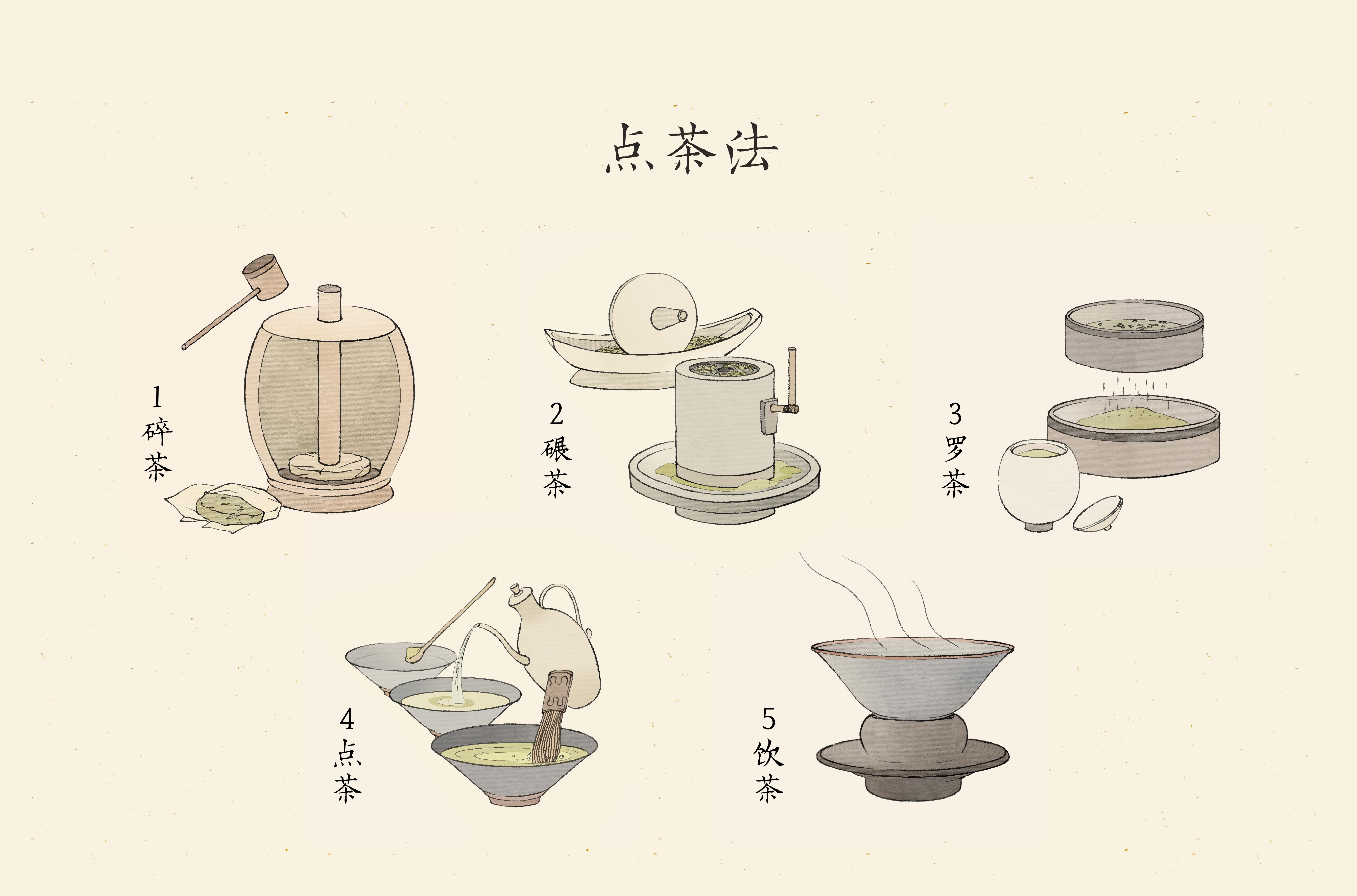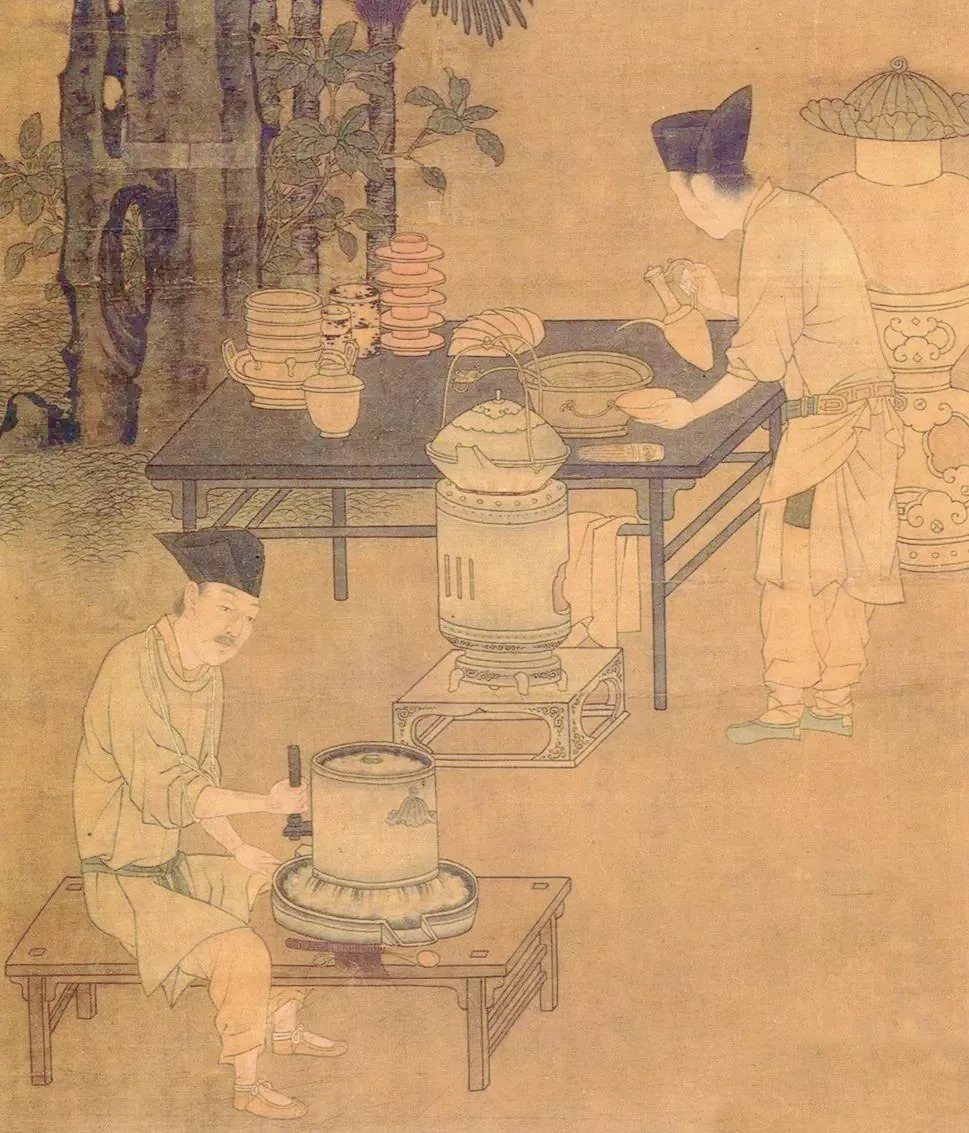
Beyond "Ceremonial": A Smarter Way to Understand Matcha Grades
Melissa da CostaShare
If you’ve ever shopped for matcha (and I’m guessing you have if you’ve landed on this page), you’ve probably seen the term “ceremonial grade” printed across tins or listed in product descriptions. In fact, you may have even been advised to only choose matcha with that label. One question we’re often asked is why we don’t use this term for any of our matcha products, and we think it’s time we gave that question a proper, in-depth answer. 🍵✨
When you dive into the world of matcha...
you're likely to encounter two buzzwords over and over again: ceremonial grade and culinary grade. These labels have become the default way to classify matcha outside of Japan. Ceremonial is often seen as "premium" and ideal for sipping, while culinary is thought of as cheaper and better suited for lattes, baking, or smoothies.
But what if we told you that this system is misleading? At HelloAsia, we believe there's a better, more nuanced way to understand matcha quality—one that empowers you as a consumer to make smarter choices in a world where every brand claims to be "ceremonial."
Why the Ceremonial vs Culinary Labels Fall Short
The term "ceremonial" might seem helpful at first glance, but in reality, it’s a vague marketing tool. In Japan, the “ceremonial” label isn't used. Matcha is graded on a complex spectrum, taking into account variables such as origin, cultivation method, leaf quality, harvest timing, processing, and taste. There is no governmental or international standard regulating the term “ceremonial”.
This means that any brand, anywhere in the world, can slap a "ceremonial grade" label on their product without having to meet any minimum standard. Even well-intentioned companies struggle to define what "ceremonial" really means. Without a universal grading system, everyone applies their own standards. That's why it's crucial for matcha drinkers to look beyond the label and understand the true markers of quality.
In short: the term “ceremonial grade”
- Has no formal definition or regulatory standards
- Overlooks the wide spectrum of matcha qualities actually used in traditional chanoyu (Japanese tea ceremony).
- Fails to acknowledge the varying styles and flavour preferences within different tea schools and ceremonies.
- More often than not, it’s a marketing term used to evoke the beauty and tradition of the tea ceremony, even by brands that don’t genuinely engage with or support the cultural practice behind it.

How Matcha is Really Evaluated in Japan
In Japan, matcha is not categorised into ceremonial or culinary. Instead, it is evaluated using a set of more meaningful criteria. Here’s a breakdown of what professionals and tea growers actually look at:
1. Shading Before Harvest
Matcha cultivation involves a critical process called shading. In the final weeks before harvest, tea plants are grown under shade to reduce sunlight exposure. This technique boosts chlorophyll levels and increases the amino acid L-theanine, which gives matcha its signature umami taste. The longer and more carefully this process is managed, the smoother and more mellow the resulting matcha.
2. Tea Cultivar
Most Japanese tea is made from the Yabukita cultivar, a versatile and common variety. But for high-end matcha, more refined cultivars like Asahi, Samidori, and Seimei are used. These are often associated with a richer umami profile and a brighter green colour. The choice of cultivar impacts flavour, colour, texture, and even aroma.
3. Harvest Timing
The best matcha comes from the very first harvest of the year. These early leaves contain concentrated nutrients from winter and offer the most delicate flavour and texture. Lower-quality matcha is typically blended with second or even third harvest leaves, which are more bitter and less vibrant.
4. Processing and Storage
After harvest, the tea leaves are steamed, dried, de-stemmed, and cut into what’s known as tencha. This raw material is then ground into fine powder. The finished matcha should have the consistency of baby powder—silky smooth and never gritty.
5. Color and Freshness
A bright, vibrant green is a sign of fresh, high-quality matcha. Dull, yellowish, or olive-toned matcha likely indicates stale product or lower-grade leaf material. However, natural variations exist: The key is vibrancy.
6. Flavour Profile
Finally, there’s taste. Great matcha should be mellow, umami-rich, and low in bitterness. It should leave a smooth finish on the palate, not a sharp or astringent aftertaste.
Does matcha have to come from Japan?
The simple answer is no!
When most people think of matcha, they picture serene tea ceremonies in Kyoto and elegant Japanese calligraphy on a tin. But here’s a fact many don’t know: a large percentage of the world’s matcha today is actually grown in China. In fact, powdered tea originated in China over 1,000 years ago.

During this time, tea drinking became widespread, even among nobility, laying the foundation for later developments. In the Song Dynasty, tea culture evolved further, with both boiled and whisked tea gaining popularity (the latter being especially significant as it closely resembles the preparation method of modern matcha). This was later adopted by Japan, who took it and ran with it, evolving it into the matcha we know today.

So while Japan has perfected the production process, China has stepped up in recent years, especially in select regions with long tea-growing legacies of their own.
Why HelloAsia Includes Chinese Matcha in Our Range
- Affordability – We want matcha to be accessible, not intimidating. High-end Japanese matcha can cost up to 10x more, and we know that’s not practical for everyone.
- Versatility – Our matcha is suited for a range of uses, from traditional tea ceremonies to creative drinks and desserts.
- Transparency – We don’t hide where our matcha comes from. Instead, we educate you on what it all means — so you can make the best choice for your needs.

What We Offer at HelloAsia
At HelloAsia, we don’t rely on arbitrary labels. Instead, our matcha range is divided by use case, quality, and flavour experience:
- At HelloAsia, our best matcha blends for elevated drinking experiences are Supreme Grade and Superior Grade. These are much lower in bitterness which makes them very versatile. Because they are less bitter, you can add much reduced levels of sweetener.(You can certainly use these higher grade matcha powder blends to make flavoured lattes, but the costs will quickly add up! Most of the nuanced flavours will also be lost amidst the milk and sweetener.)
- Casual drinkers looking for a more economical option might prefer our Premium Grade matcha powder: Well-balanced and versatile, it’s a lovely daily drinker that works in both warm and iced preparations.
- Classic Grade: Bold and earthy, this is your go-to for baking, smoothies, and fusion drinks. It’s cost-effective without sacrificing colour or aroma.
All of our blends are crafted from high-quality matcha, grown with care and intention. They are FDA-approved, and Halaal Certified to ensure your peace of mind and enjoyment. Whether you’re looking for an elevated matcha moment or just want to whip up a matcha latte at home, we’ve got a blend that suits your needs and your price point.

The Reality of Matcha Quality…
…is nuanced and far from straightforward. Every step (from cultivation to processing) plays a role in shaping the final flavour, texture, and aroma of your matcha. There’s no single "best" matcha, because this powdered green tea exists in a wide spectrum of styles, each with its own strengths and purposes. Using an oversimplified label like “ceremonial” flattens this diversity, when it should be celebrated and explored.
In a market flooded with buzzwords and loose definitions, knowledge is your greatest tool. Rather than buying into the ceremonial vs. culinary binary, ask deeper questions: Is this matcha suited to my purposes? How was it grown? What does it taste like?
By learning what truly defines quality matcha, you’ll be better equipped to make choices that suit your taste, purpose, and budget. And when you shop with HelloAsia, you can trust that we’ve already done the research to bring you the best.
Explore our full range of matcha online or in-store, and taste the difference for yourself.
